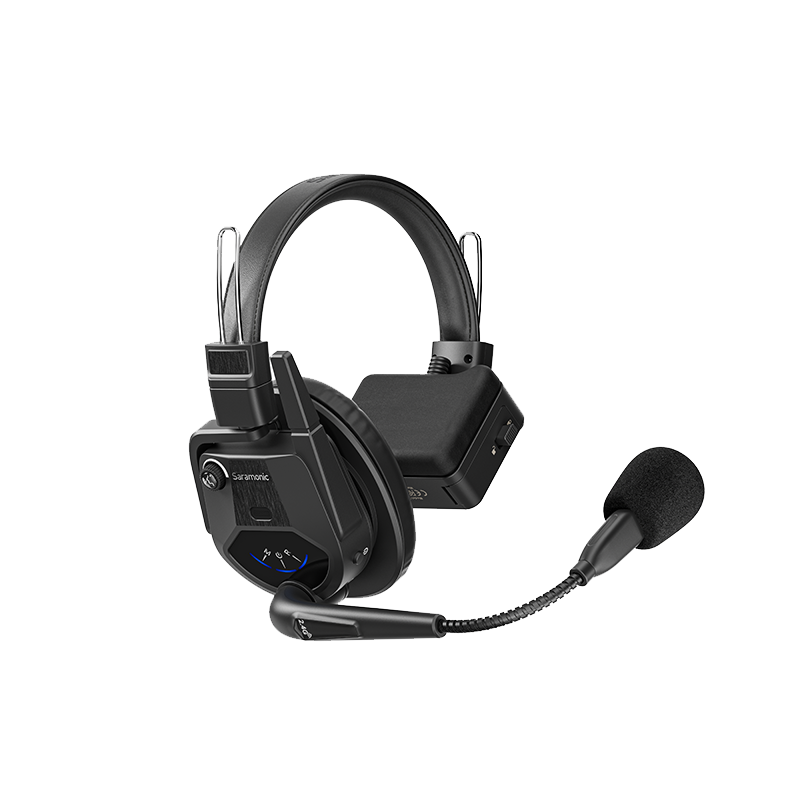Unlocking the Secrets: How to Choose the Perfect Intercom System for Your Needs!
Intercom systems have become an essential part of modern communication, providing a seamless way to connect with others within a building or across premises. Whether in residential homes, bustling offices, or expansive industrial settings, intercoms facilitate quick and efficient communication, enhancing security and convenience. With the diverse applications of intercom systems, from simple audio setups to advanced video intercoms with smart technology integration, it's crucial to understand your specific needs before making a purchase. This article will guide you through the process of comparing various intercom systems, ensuring that you select the perfect fit for your unique requirements.

Understanding Intercom Systems
An intercom system is a communication device that allows individuals to communicate with one another from different locations, typically within the same building. These systems consist of several basic components, including a master station and one or more substations or intercom units. The functionalities of intercom systems vary widely, with options available for both audio-only communication and video integration. Wired intercom systems, which use physical connections to transmit signals, are known for their reliability and sound quality. On the other hand, wireless systems offer flexibility and ease of installation, making them ideal for retrofitting in existing buildings. Video intercoms have gained popularity for their added security features, allowing users to see who is at the door before granting access. Understanding these basic components and functionalities is key to determining which type of intercom system will best serve your needs.
Key Factors to Consider When Choosing an Intercom System
When selecting an intercom system, there are several essential factors to consider that can significantly influence your decision. First, identify the primary purpose of the intercom—whether it is for residential use, enhancing communication in a commercial space, or facilitating operations in an industrial environment. Next, evaluate the range and coverage area required, as this will determine whether you need a system that can handle larger distances or multiple floors. Audio and video quality are also paramount; look for systems that offer clear sound and high-definition visuals, especially for video intercoms. Additionally, consider the installation requirements—wired systems may require professional installation, while wireless systems can often be set up by the user. Lastly, think about integration with existing systems, particularly if you are looking to incorporate smart home technology for added convenience and functionality.
Comparing Intercom Systems from Different Suppliers
To make an informed choice, it’s essential to compare intercom systems from various suppliers effectively. Start by checking customer reviews and ratings; user feedback can provide insights into the reliability and performance of different systems. Additionally, consider the warranty and support services offered by suppliers, as these can be crucial if you encounter any issues post-purchase. Ease of use and installation should also be weighed, especially if you prefer a straightforward setup process. Finally, assess the price range in relation to the features provided to ensure you're getting good value for your investment. By applying these criteria, you can narrow down your options and find the intercom system that best matches your needs.
Making the Purchase Decision
Once you’ve gathered all the necessary information and compared different intercom systems, it’s time to finalize your decision. Setting a budget is a critical step; it will help you filter out options that may be beyond your financial reach. Consider your long-term needs—will the system accommodate future expansions or upgrades? As you deliberate, remember to think about where to purchase your chosen intercom system. While online platforms offer convenience and often a wider selection, local retailers can provide immediate assistance and the chance to see the product firsthand. Take your time in this process; the right intercom system will significantly enhance communication and security in your chosen setting.
Final Thoughts on Choosing an Intercom System
Choosing the right intercom system is a critical decision that can greatly impact your ability to communicate effectively in various environments. By understanding the different types of systems available, considering key factors such as purpose, range, and quality, and comparing options from various suppliers, you can make a well-informed choice. Remember to take your time during this process and utilize the outlined strategies for comparison. A well-chosen intercom system will not only meet your current needs but also adapt to future requirements, providing you with lasting value and satisfaction.






commentaires